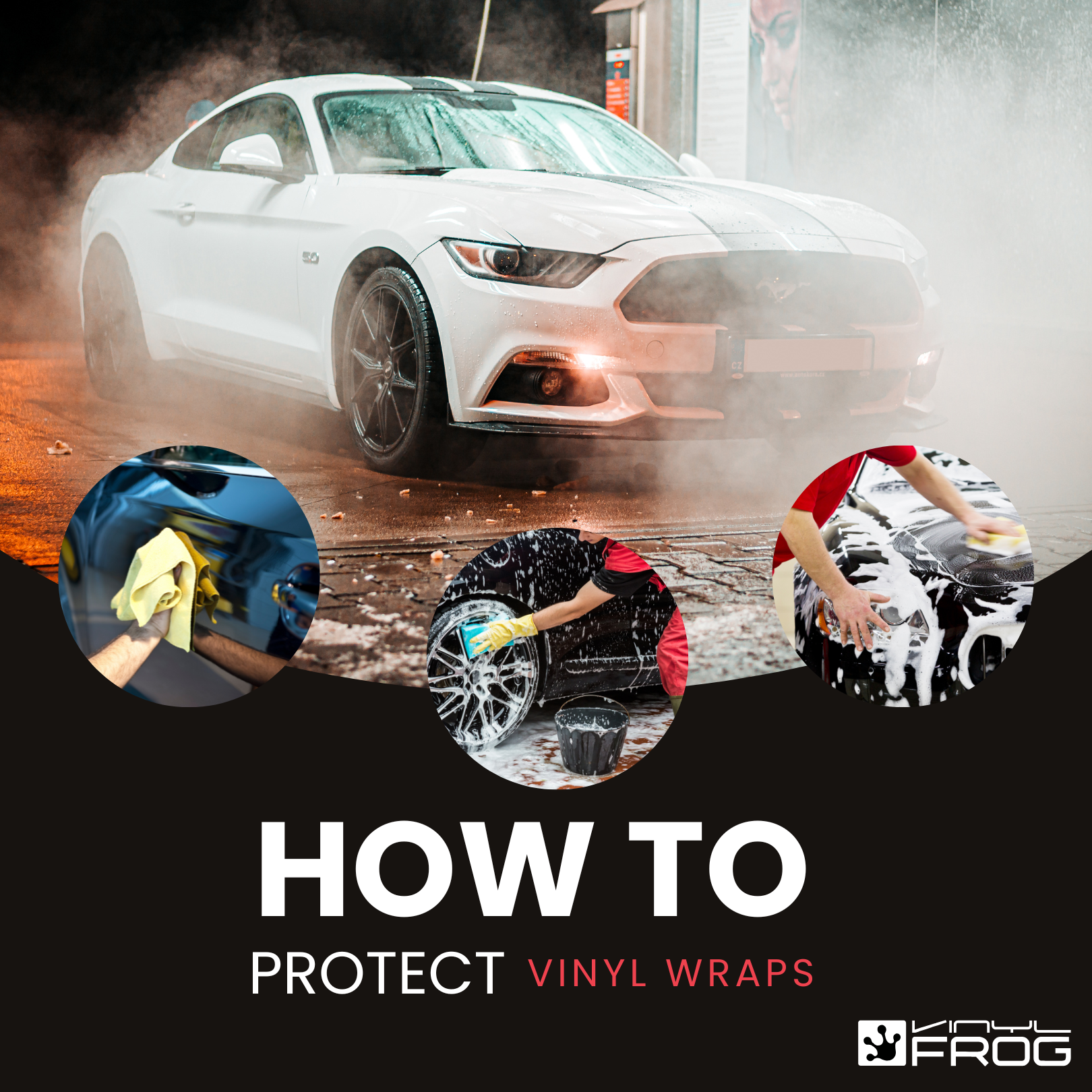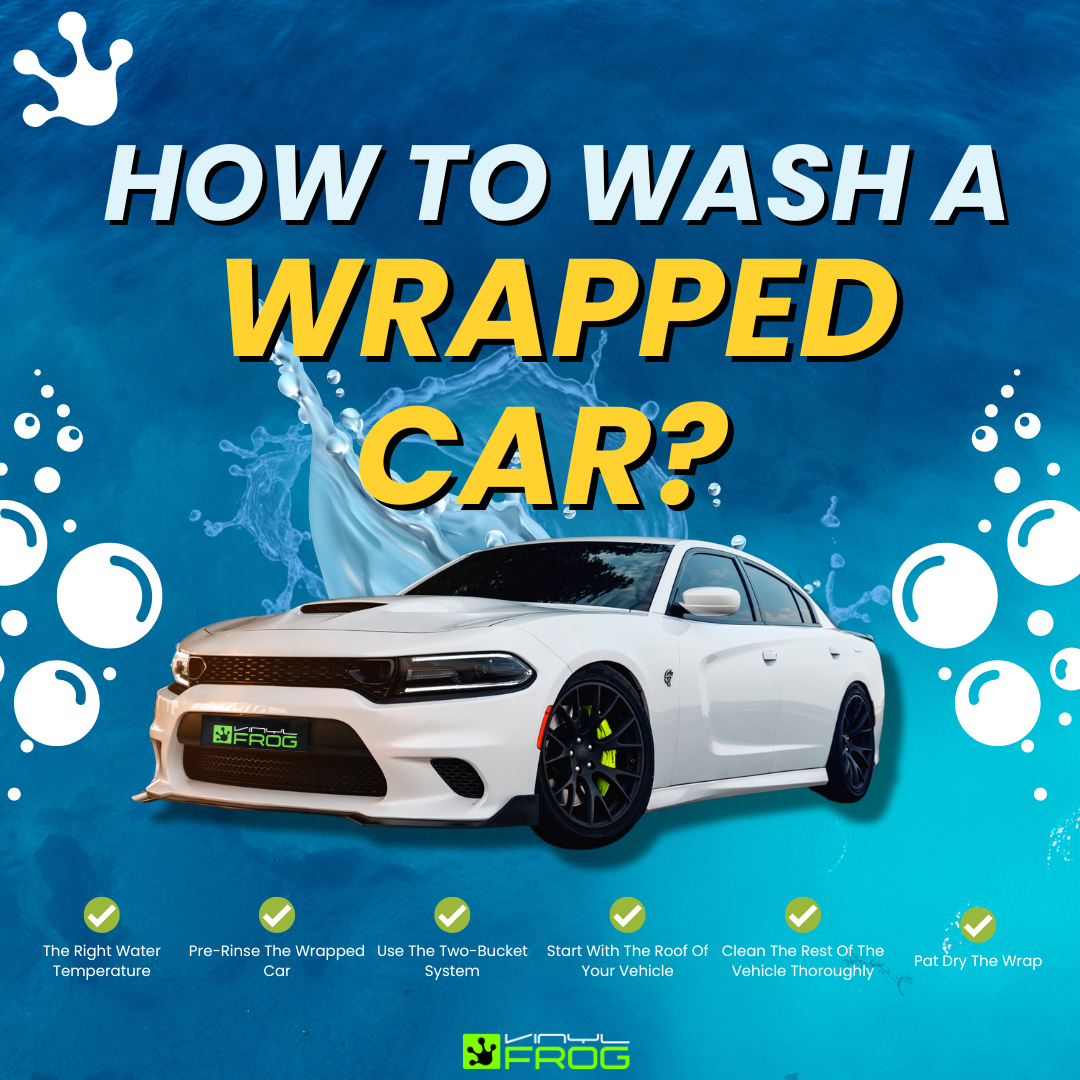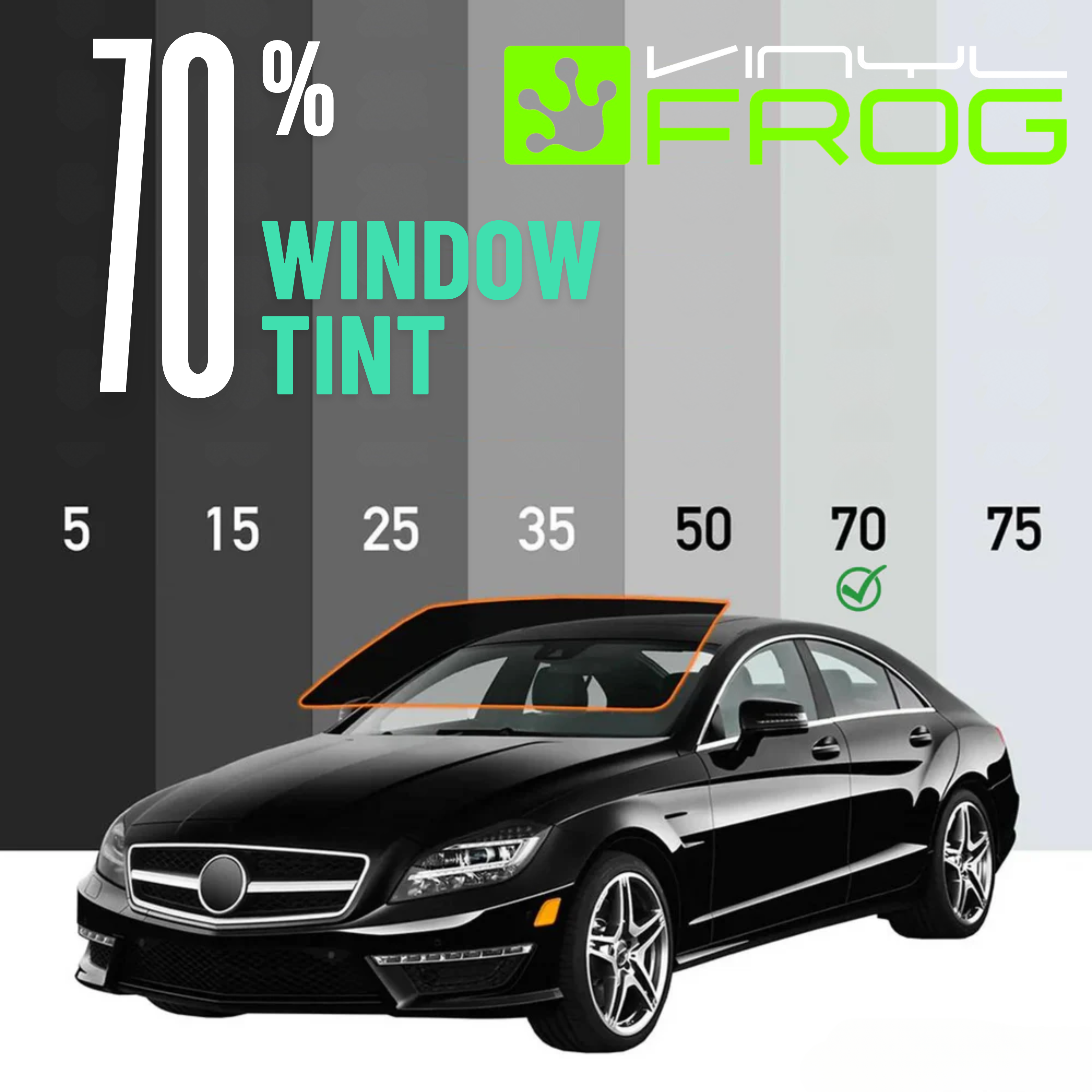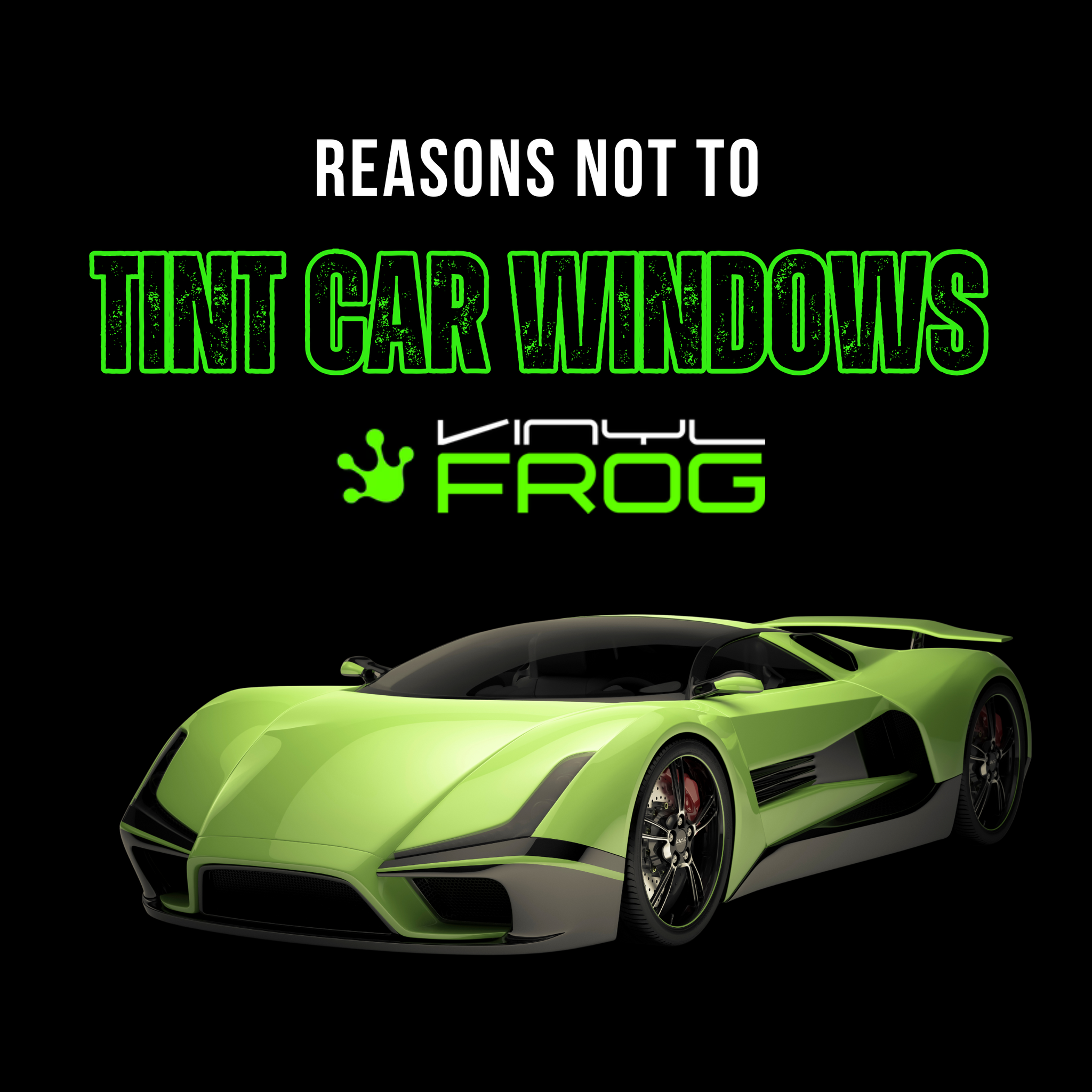Updated By Vinyl Frog On March 3, 2025
How To Vinyl Wrap Around Corners – Step-By-Step Guide
You have embarked upon the task of wrapping your car with the best quality vinyl. Application on flat panels was a breeze but curves are a bit difficult to handle, Vinyl Frog presents a detailed guide on how to cover the curves without hassle.
With the rise in popularity, Vinyl wraps have become the talk of the town. Many people prefer vinyl wraps over a paint job as it is a cheaper, higher quality alternative that provides protection against the weather, sun exposure and road hazards.
However, applying vinyl over a car can be a daunting task, and if not applied properly can leave undesirable overall appearance. Vinyl should be wrapped around the vehicle properly, keeping in mind its curves and contours, so that the finished product looks stunning.
Effects of a Poor Wrap Job around Curves
A proper finish requires experience and skill, and properly wrapping vinyl over edges can prove to be difficult. An improper wrap can lead to poorly sealed edges which may lead to tear and the vinyl will slowly peel over time.
Vehicle wrapping can be a difficult process especially with all the curved edges, compound corners, door handles, spoilers and many small crevices. If this wrapping is not done correctly, the wrap film tends to bunch up around that area leading to wrinkles on the corner.
Tools needed for applying Vinyl
- Vinyl: First and foremost, you need a premium quality vinyl. Search from our wide variety of vinyl films in numerous colors and finishes.
- Measuring tape: to accurately measure vinyl and cut it accordingly.
- Cleaning solution: Any product designed for cleaning a car will work. The car needs to be spotless before application.
- A piece of cloth: Use a soft, lint-free, microfiber cloth.
- Painter’s tape: This will help you determine how much vinyl will extend beyond the edges.
- Utility knife: Use this to cut the vinyl wrap to fit a specific section of your car.
- Marker pen: You will need this to put marks on your vinyl wrap so you know where to cut.
- Straight edge: A straightedge will help you make clean, precise cuts.
- Squeegee: Use this to remove creases and air bubbles from underneath the vinyl.
- Heat gun: With a heat gun, you will be able to make the wrap more malleable so it can properly stretch over curves and fit into crevices.

The Cold Stretch Method
A suitable and well tried and tested method is using a cold stretch. In a cold stretch approach, we conform the wrap to corners without using any additional heat initially.
This means that basically all of the film is at the same temperature and upon application, all of the film will be evenly stretched over the entire surface. In this step-by-step tutorial we will provide you with the A to Z of how you should wrap your vinyl around the corner for a clean smooth outlook.
Clean and Dry surface:
Before starting the wrapping process, we need to make sure that the car is clean and dry. Spray the cleaning solution on the surface of the car and using the micro fiber cloth, remove any blemishes or stains. There should be no water or cleaning solution residue.
This should preferably be done a day before, to allow time for the car to be fully dry as any moisture makes adhesion difficult and the vinyl does not wrap properly.
Measure the area and cut vinyl
Using your painter’s tape measure the breadth and width of the area where the vinyl should be applied. Leave at least 3 inches of tape hanging off the edge. This is done because we need to wrap the vinyl around the edges fully for a smooth clean finish. By applying the tape first, we can measure the exact amount of vinyl needed to cover the vinyl. This makes cutting easier.
Place vinyl over the surface
After cutting the vinyl we can peel off the back of the vinyl and place the wrap in the middle of the surface we want it to adhere to. We should drape it roughly so that adjustments can be made.
After placing the vinyl over the surface, slightly lift it from the surface again and stretch it from the corners to create tension and remove any creases or wrinkles.
It would be preferable to pull away from opposite corners to create a perfect smooth look. When most of the wrinkles are gone, carefully place back the sheet of vinyl over the surface again.
Remove excess wrinkles and air bubbles
Using a squeegee or a roller, place it in the middle of the vinyl and roll outwards to remove any excess wrinkles and air bubbles. Special emphasis has to be laid on this as air bubbles can cause the vinyl to not stick to the car properly, which can cause the vinyl to peel over time

Heat vinyl around edges
Once the vinyl is placed on the smooth surface, heat the edges where the vinyl has been applied with the heat gun. This stretches the vinyl so that it is fully wrapped around those corners. After stretching, push the vinyl down onto the surface. You can use the squeegee or the roller to properly press the vinyl down, especially around areas that are difficult to reach.
Cut off Excess Vinyl
Then simply, using a utility knife, cut off excess vinyl that is hanging
Heat the Vinyl
The final step involves heating the vinyl for the adhesive to firmly cling to the surface with a heat gun. The heat gun should preferably be set to a temperature around 255° F. Run it over the vinyl in a sweeping motion to secure the wrap around the vehicle. Once the vinyl is applied, let it sit for around 24 hours before usage.
Pre-Stretch and Shrink Method
Complex curves in a vehicle can be very hard to tackle. In order to ensure smooth application on them, the pre-stretch and shrink method is the best. The steps are as follows:
- Apply heat to the vinyl that you have already cut according to the shape.
- Hold the film from both ends and stretch it outwards. As you will do so, the film will curve perpendicular to the points of stretch from the top and bottom.
- A good quality vinyl film will retain memory and will do the same when you apply it to the curve later.
- Let the film cool down in a stretched position.
- Apply the film to the curved section. It will automatically stretch over the curve.
- Apply heat to the vinyl. Using its memory, it will automatically wrap itself around the curve.
The Final Verdict
DIY Vinyl application requires a lot of effort as properly getting a smooth wrap within those hard-to-reach corners can be quite tricky. However, with practice, it gets easier and within a matter of hours, your car can have a new and astonishing look. If you are not so confident that you will be able to manage, we prefer you let automotive experts do the job for perfection.













